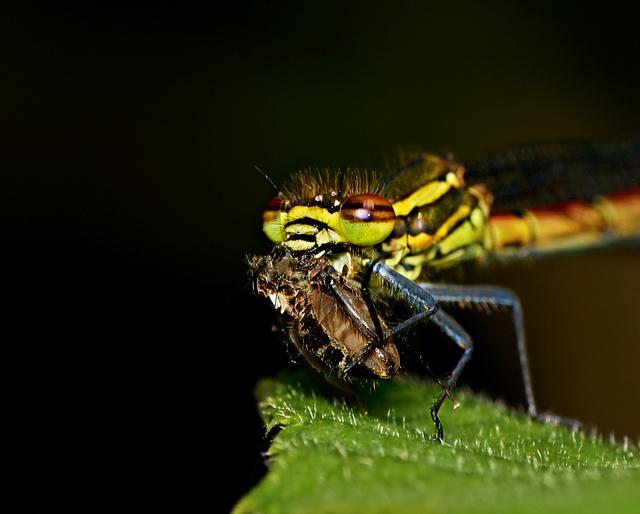
The rates at which organisms eat, parasitize, and otherwise interact with one another increase exponentially with temperature, a new study lead authored by a National Socio-Environmental Synthesis Center (SESYNC) researcher shows.
Inspired by James Brown’s metabolic theory of ecology, which suggests that many ecological processes are functions of metabolic rate, the meta-analysis tests the hypothesis that the rates of biotic interactions have a similar temperature dependence as metabolic rate generally. The findings have important implications for our warming world and provide a useful framework upon which researchers can build complex models of how climate change affects ecosystems.
“Much of what happens in ecosystems are small, one-on-one interactions that are linked through food webs and scaled up in a big way. Temperature is a single piece of a complex puzzle, but it’s hugely important for the same reason that you can cook a lot faster on a hot stove than on a cool one. Basically, our cells are little sacks of chemicals, and chemicals react faster when they’re hot,” said Dr. William Burnside, postdoctoral fellow at SESYNC and lead author of the study, now online in the journal Oikos at: http://onlinelibrary.wiley.com/doi/10.1111/oik.01199/abstract
To quantify and assess the temperature dependence of biotic interactions, the authors compiled a database of 81 studies that provided 112 measures of rates of herbivory, predation, parasitism, parasitoidy, or competition between two species at two or more temperatures. The results supported their hypothesis that rates of biotic interactions mirror the temperature-dependence of metabolic rate generally.
The study’s findings also lend support to the idea that evolutionary speed can explain what’s called a latitudinal diversity gradient. “Basically, when you go from the poles to the tropics, biodiversity increases,” explained Burnside. “The hypothesis of evolutionary speed suggests that because temperature is higher, evolutionary races are clipping along faster, which creates cradles of biodiversity that then spread outward. It explains why when we go to Costa Rica we’re amazed by the biodiversity, and when we go to Canada we’re amazed by the fact that most of the trees look the same.
“There’s a lot of evidence for it—and our study tests a key link in the explanatory chain.”
###
The National Socio-Environmental Synthesis Center, funded through a National Science Foundation grant to the University of Maryland, is a research center dedicated to solving complex problems at the intersection of human and natural systems. Visit www.sesync.org for more information.
Top photo courtesy Anxo Resúa, Flickr/Creative Commons